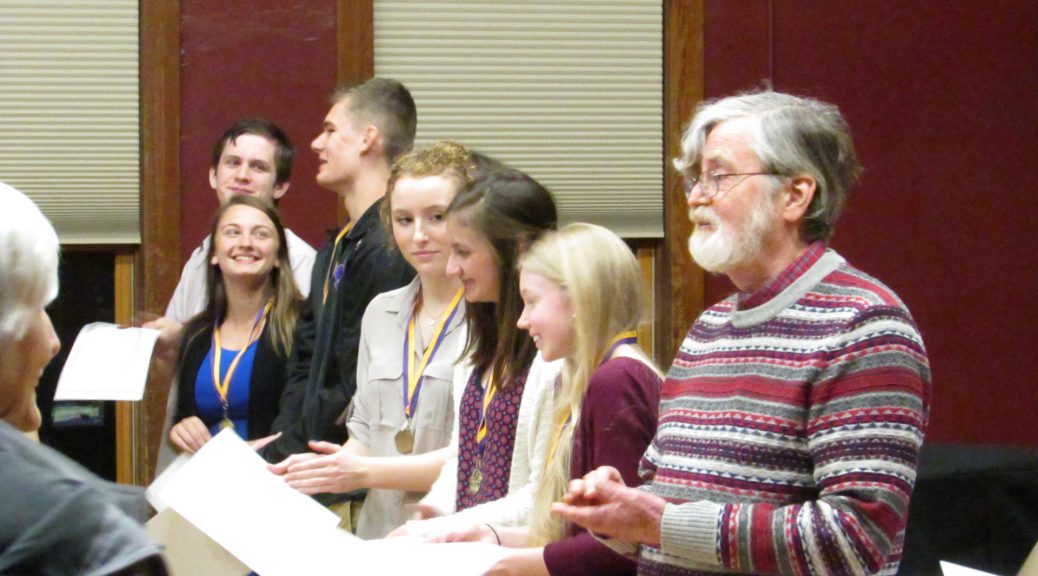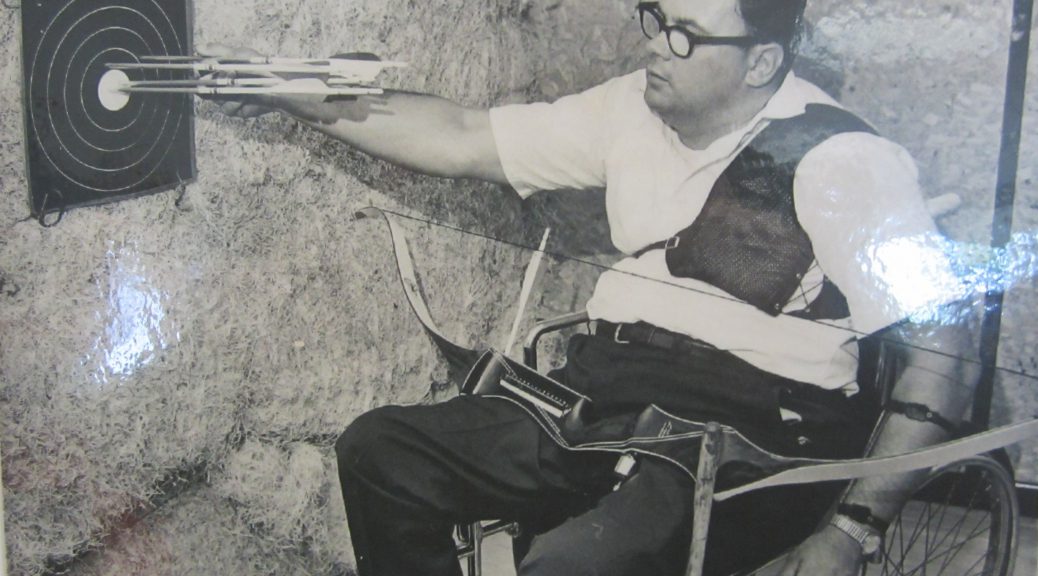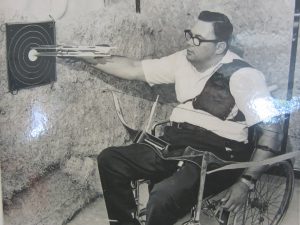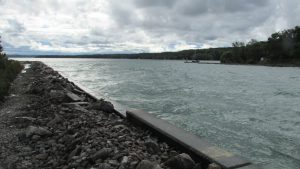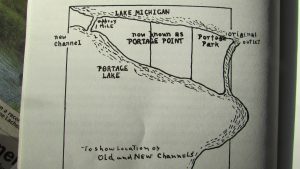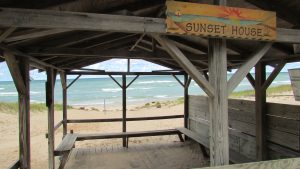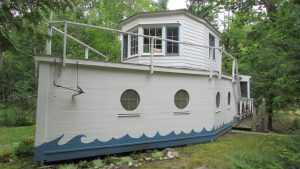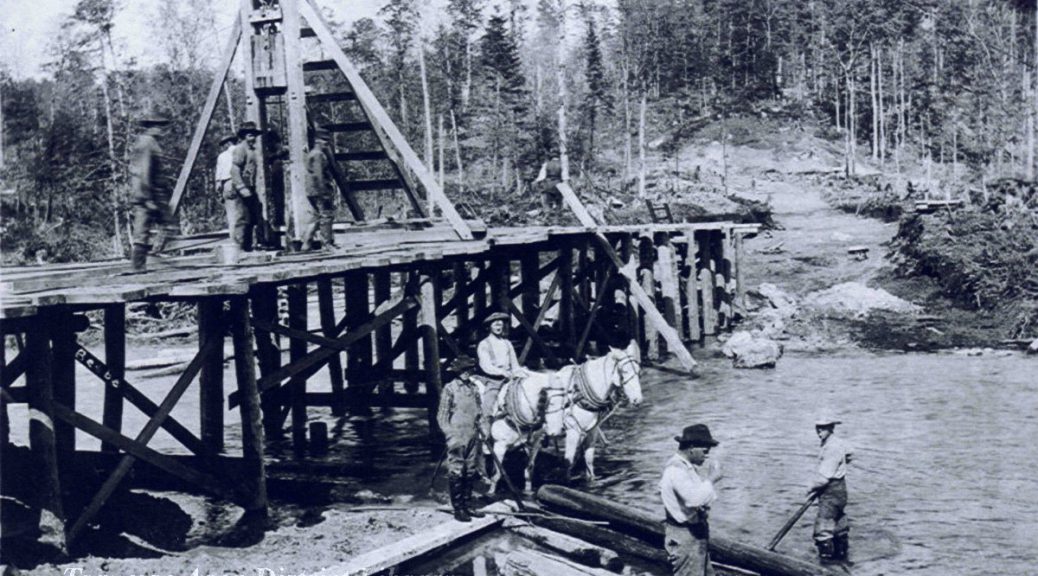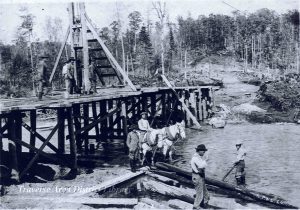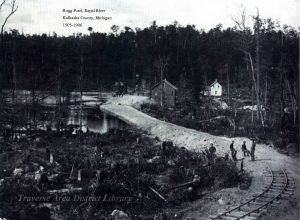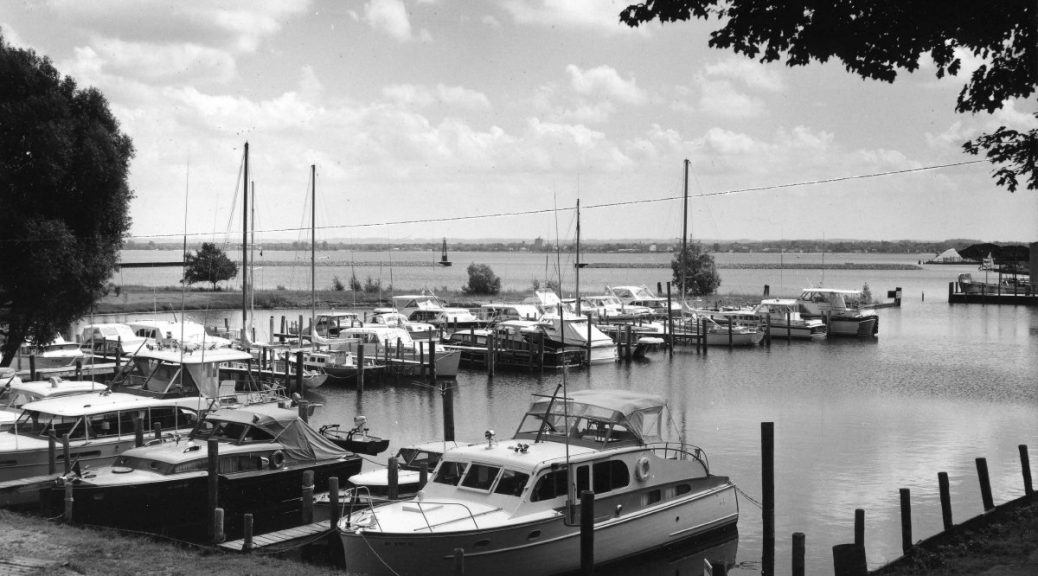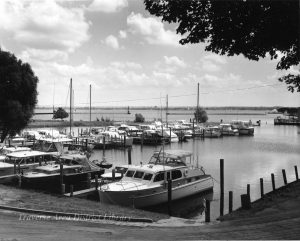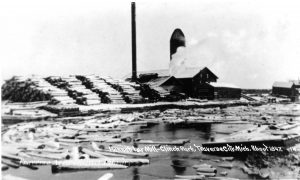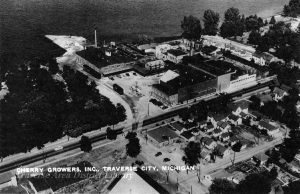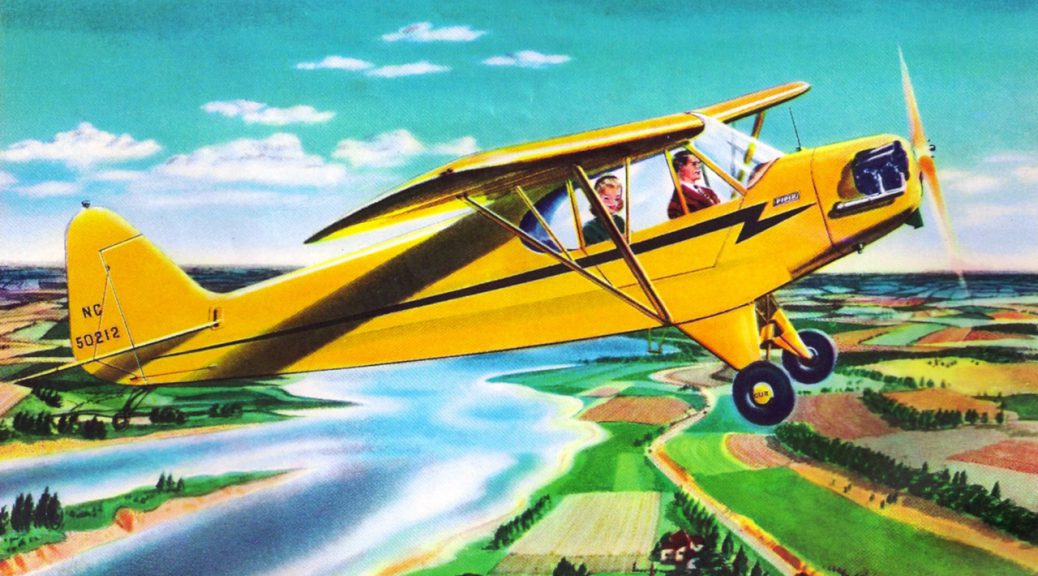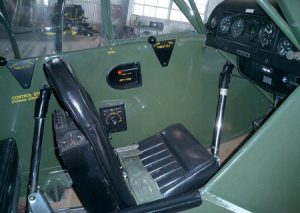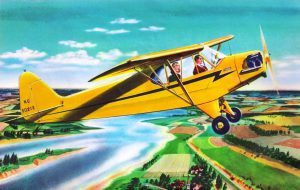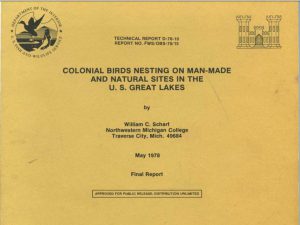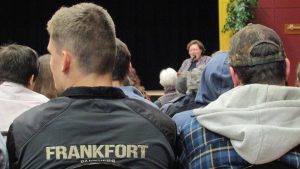
By Morgan Bankston, Winner of the 2016 Bruce Catton Awards
The leaves beneath my feet are the only sound I hear besides the howling of the wind. The trees are shedding their coats, getting ready for a brisk winter. Colors of orange and yellow float around me. The wind is whipping around me, breaking me out of my thought. I hike farther up on the bluff. Rays of red and pink sunshine envelope me in a ray of heat. The cold weather nips at my cheeks, turning them a pinkish color. The farther I hike, the colder it gets; my wind breaker is slowly losing its effect of keeping me warm.
“Come on, Mom,” I say. “We need to hurry if we are going to make it to the top by the time the sun sets. “
I climb faster than the rest of my family. I look behind me and see they’re still staggering on the trail, trying to catch their breath from climbing the enormous hill.
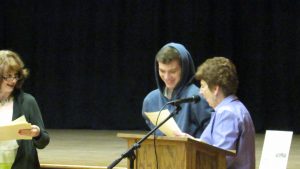
In front of me, I see a huge tree, about the size of an elephant; its leaves lay scattered on the ground beneath it. The trunk reminds me of a spider’s legs, strong, and curvy. The branches seem like they’re never ending, going up into the sky and cascading outward.
I run over to the tree and start to climb its long branches, climbing from branch to branch to get higher off the ground. Looking up, I see three abandoned bird nests at the very top of the tree. I decide to climb as close to the nests as I can before mom tells me go get down. Up I go, closer, closer to the nest before I hear a loud scream.
“Get down here right now, young lady!” my mother screams.
I pretend I don’t hear her. I climb higher, but the branches are getting thinner and thinner. I can’t go much higher or a branch will snap.
Giving up, I adjust my feet and climb down each branch, one by one.
I make it down to the ground safely and start running down the path. All of the trees are losing their leaves, turning an eerie gray for winter. It’s quiet and peaceful. No birds are chirping or singing, just the howl of the wind in the trees.
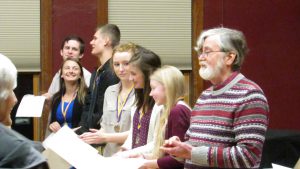
I press on along the trail making sure to stay on the path. I turn my head and see something that resembles a large cave on the other side of the trail. I turn around to make sure my mom isn’t looking; then I hurry and run over to the cave. Up close, I see that it is, in fact, what I suspected: a bear den. I walk around it; thank goodness there was no bear living it the cave at this moment. I continue to run around the cave to check it out. It’s made of sticks and rocks which cover the whole thing. Large sticks are poking out of the den. I look down and see four little bear paw prints all over the ground smushed in the dirt.
Bored, I run back to my family quietly without anyone knowing I was ever gone. I run up behind my sister and poke her in her sides. She turns around and swats my hands away while sticking out her tongue. I turn and run in front of everybody, making my way to the top of the hill.
The path turns left and opens up into a huge “sugar bowl.” Sand is all around us, leading to the very bottom, in the shape of a bowl.
I stand at the tip-top, take off my coat, boots, and hat; then I begin my run down the hill. As soon as I take the first step, all of the sand comes down with me and falls at my side. Slipping and sliding, I make it to the bottom and get on my hands and knees to climb up the hill again. After five times, all worn out, I climb up the hill, but want one more slippery ride down.
When I reach the top, I stand up and look out into the distance. I can see everything from here. Millions of trees, orange, red, and gray surrounding me. I turn around and see all of Lake Michigan. The dark blue covering what feels like half of the Earth around me. The lighthouse is in the distance.The sun is setting just beside it; a serene pink and yellow colors.
I think to myself —this is my home.
The Tenth Annual Bruce Catton Historical Award Reception was held at Mills Community House, Benzie County, in April 2016. Families of the freshman authors and community residents came to honor the young authors and their teachers, Ms. Rebecca Hubbard, English teacher, and Mr. Dave Jackson, history teacher who inspired the authors. The students were assigned to write about a special event in their life, trying to create a memorable experience that would delight an audience. The readings given adult performers proved the students had succeeded. Similar to author Bruce Catton’s memoirs that included many of his life experiences as he grew up in Benzie County during the early years of the 20th century, the students included many descriptive details in essays that reminded their audience of similar experiences in their own lives.

